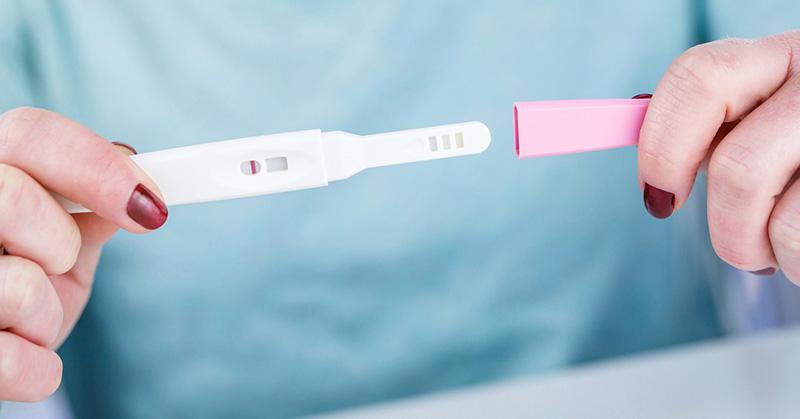
Millions of lives are affected by infertility, a condition defined clinically as being unable to achieve pregnancy after one year of regularly having unprotected intercourse, or after six months if the female partner is older than 35 years. Last fall, the American Society for Reproductive Medicine expanded this definition to include anyone needing medical intervention to achieve a successful pregnancy as an individual or with a partner.
Exploring issues related to both male and female infertility is an important part of NICHD’s mission. As April 21 marks the beginning of National Infertility Awareness Week, now is an opportune time to reflect on research highlights and future directions.
Fertility can be a useful indicator of overall health, even for people who do not intend to have children. For example, recent NICHD-funded research suggests that men with very low sperm counts and their relatives have a higher risk for certain cancers and women with infertility may have a greater risk of coronary heart disease. Because infertility is often diagnosed when people are relatively young, awareness of these risks may enable more timely care.
Multiple, overlapping factors may contribute to infertility, including environment and lifestyle. A large NICHD study found that working in a physically demanding job or taking two or more medications was linked to lower sperm counts. NICHD researchers also are investigating the effects of a female partner’s diet, exercise, and other lifestyle factors on pregnancy outcomes among couples undergoing fertility treatment.
In many cases, genetics contribute to infertility. An analysis of more than 2,000 men with very low or no sperm production revealed the involvement of multiple X-chromosome genes in sperm production. Using a mouse model, other researchers mapped the changes in gene expression that occur in different ovarian cell types over the course of the ovulatory cycle, providing a valuable resource for discovering and/or refining treatments for female infertility.
Sometimes, infertility results from a certain disease or medical treatment. Researchers in NICHD’s Pediatric and Adolescent Gynecology program are investigating ways to preserve the fertility of children and adolescents considered likely to experience infertility due to cancer treatments, genetic conditions that impact the ovarian follicles, and other factors. For example, they are evaluating ovarian tissue freezing to preserve fertility in girls who are too young to undergo the hormonal stimulation needed for egg or embryo freezing. With NICHD support, other researchers are assessing ways to preserve the fertility of boys who may lose their ability to produce sperm after puberty because of childhood cancer treatments. Specifically, they are developing methods to freeze testicular tissue for later use and to use such tissue samples to produce sperm outside of the body.
NICHD also seeks to improve infertility treatments and assisted reproductive technology (ART) techniques. Use of ART in the United States has more than doubled over the past decade. About 2.3% of infants born each year are conceived by ART techniques. NICHD-supported projects include developing a noninvasive diagnostic to identify men most likely to benefit from surgical sperm extraction and devising a way to determine a sperm’s ability to fuse with an egg. Other work focuses on treating specific conditions related to infertility. For example, a small study of women with hyperprolactinemia, which can cause infertility, suggested kisspeptin as a promising therapy for those with the condition who want to have a child.
In addition to supporting research to inform better care for people with infertility, NICHD is committed to training the next generation of clinicians through its Reproductive Endocrinology and Infertility Training Program. These research and training efforts bring us closer to our vision of “Healthy pregnancies. Healthy children. Healthy and optimal lives.”
 BACK TO TOP
BACK TO TOP